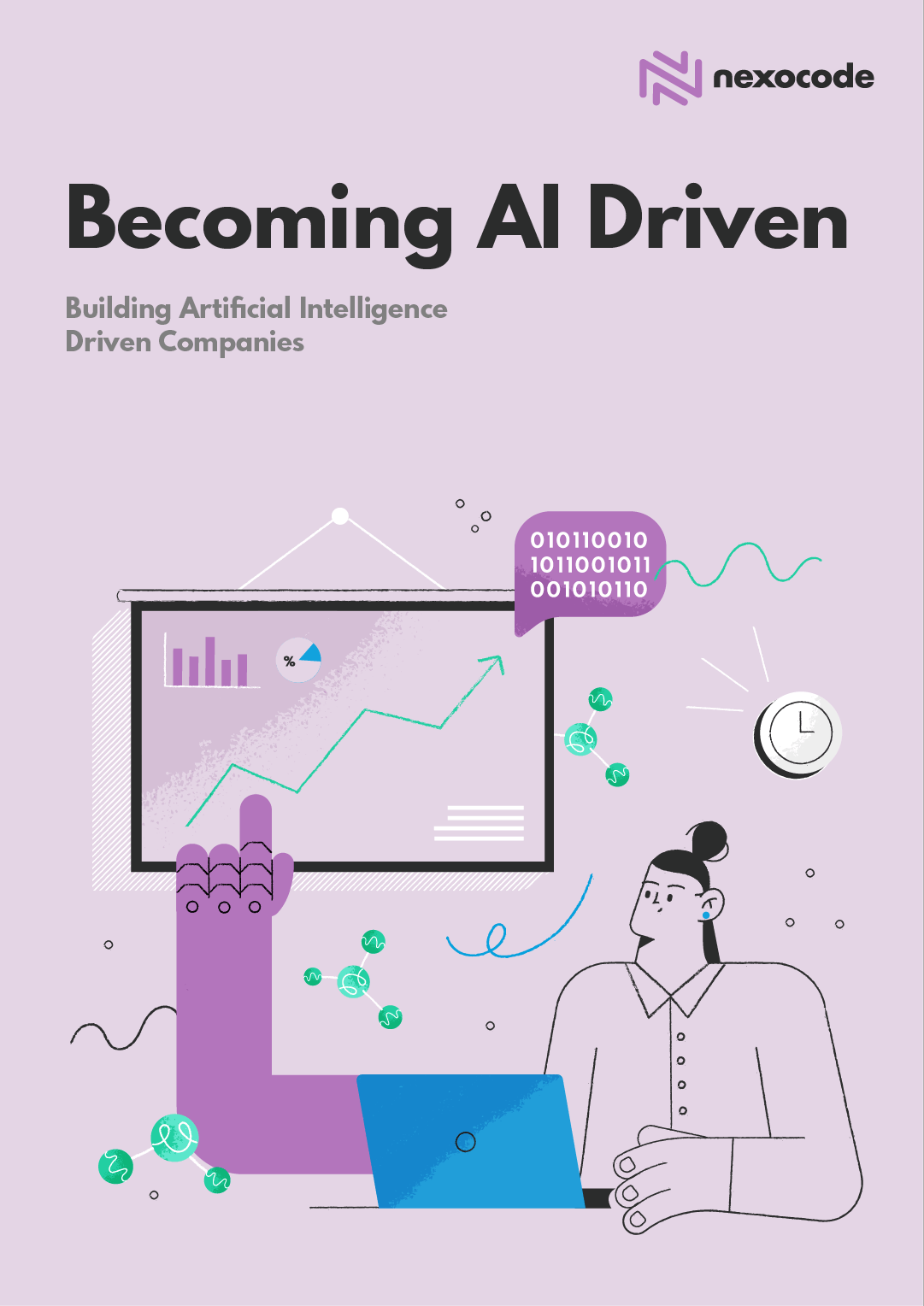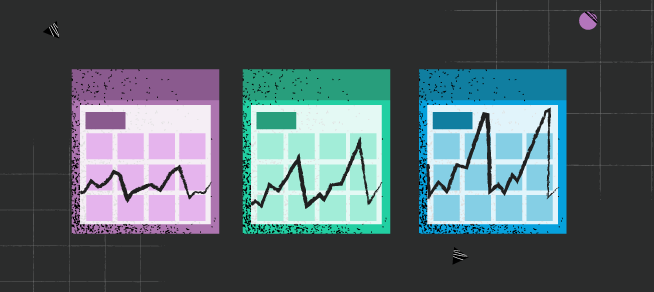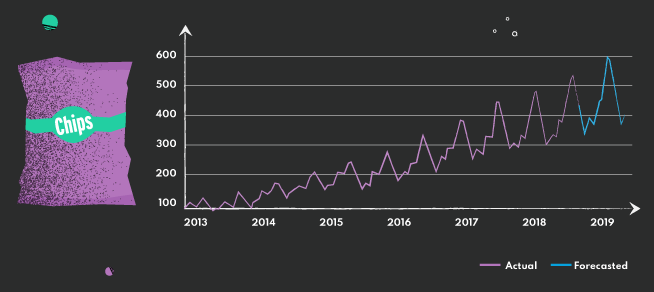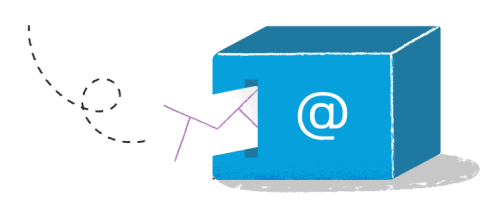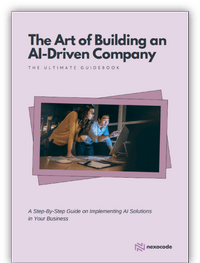In the dynamic world of business, accurately forecasting seasonal demand can be the key to unlocking success and staying ahead of the competition. Seasonal patterns, from the holiday shopping frenzy to the summer sales surge, significantly impact businesses across industries. But, how can you predict and navigate these ever-changing tides with precision? Artificial intelligence (AI) and machine learning are here to revolutionize the way you approach seasonal trend forecasting.
In this article, we will examine the importance of forecasting seasonal demand and historical data’s vital role in this process. This comprehensive guide will also highlight the transformative power of AI in identifying and predicting hidden seasonal patterns, ultimately enabling businesses to optimize their strategies and respond proactively to future demand. Join us as we explore the world of seasonal demand forecasting, and learn how to harness the power of AI to strengthen your business strategy and confidently adapt to ever-changing market conditions.
TL;DR
• Seasonal demand forecasting is critical for businesses to maintain a competitive edge. Accurately predicting seasonal demand can lead to better inventory management, improved customer satisfaction, and increased profitability.
• Utilizing historical data and past sales data is essential when predicting seasonal patterns. The analysis of this data helps to accurately forecast seasonal demand, particularly during key events like the holiday season.
• The seasonal index is a potent tool in demand forecasting. It enables businesses to factor in seasonal variations and trends, making demand forecasts more precise and reliable.
• Artificial intelligence (AI) and machine learning offer transformative power in seasonal demand forecasting. AI can uncover hidden seasonal patterns and refine demand forecasting models, enhancing the ability to predict future demand.
• Businesses that effectively manage seasonal demand can optimize customer satisfaction by meeting expectations during peak seasons. Balancing seasonal inventory levels can lead to optimal service and profitability.
• If you’re interested in harnessing the power of AI for your business, contact the nexocode AI experts. With extensive experience in supply chain management, we can guide you through the process of implementing AI solutions to optimize your seasonal demand forecasting and help you achieve data-driven business success.
Reach out to us today!
Introduction to Seasonal Demand Forecasting
Seasonal demand forecasting is the process of analyzing and predicting short-term fluctuations in customer demand at different times of the year. A company’s seasonal demand cycle can be affected by numerous factors, including regional holidays, weather patterns, and popular trends.
At the start of any given time period, making a seasonal demand forecast is an essential process for any company looking to accurately assess their sales targets, inventory management, and pricing. Understanding the seasonality of the market allows businesses to develop effective strategies for managing their resources and predicting their future performance.
Understanding the Importance of Forecasting Seasonal Demand
Seasonality in forecasting is a pattern of peak demand that occurs at specific times of the year, such as holidays and special occasions. Seasonal demand patterns are typically predictable and often driven by external factors, like weather or holiday periods.
Companies are often greatly impacted by seasonal demand – those that can anticipate fluctuations in consumer demand are better positioned to capitalize on trends, manage inventory levels, and devise targeted marketing campaigns. Accurate demand forecasts can also lead to improved customer satisfaction by making the right products available at the right time.
Leveraging Historical Data for Seasonal Demand Forecasting
To forecast seasonal demand effectively, businesses must first analyze their past sales records. This process involves examining historical data to identify recurring patterns, trends, and cycles that are linked to specific times of the year.
Understanding this kind of seasonal variation enables organizations to make informed decisions and adjust their strategies to better meet consumer needs. For example, businesses can use data analysis techniques to create more targeted and effective marketing campaigns that align with different periods of the year.
Analyzing Past Sales Data for Seasonal Patterns
When analyzing past sales data, businesses can look for patterns in the following areas:
- Seasonal trends – Do certain times of year produce higher sales?
- Seasonal cycles – Are there times of year that customers are more likely to purchase certain products or services?
- Seasonal variations – Are there certain months or quarters when sales are significantly higher or lower than normal?
The ability to understand and predict these patterns, companies can accurately forecast their seasonal demand and plan for when sales are likely to increase or decrease.
Identifying Seasonal Variations and Trends
A crucial step in seasonal demand forecasting is the identification of key annual events like the holiday season (i.e., Thanksgiving, Christmas, and New Year) and fluctuations such as the summer slump. These seasonal variations can have effects on demand due to factors such as weather patterns, local calendars, or time-specific products.
For instance, sales of winter coats and boots may spike during the winter months, while sales of swimsuits and sunscreen may surge at summer time. Similarly, schools might experience a peak in demand for education and clothing supplies (especially if uniforms are required) during the end of summer or start of fall.
Seasonal forecasting is a crucial method to anticipate and prepare for potential patterns in market conditions, and it can be carried out with the seasonality index. This tool takes into account cyclical behavior in demand by comparing the volume of sales within a specific period with that of other times, both past and present.
How to Calculate and Use Seasonal Indices
The seasonal index is composed of individual components such as seasonality, cyclicality, and trendiness, each of which provide valuable insights into seasonal fluctuations in product demand. To calculate it, businesses must first analyze trends in their historical sales data and then use techniques such as moving averages or the Holt-Winters method to create a baseline forecast.
Comparing actual sales data to this baseline forecast leads to working out the percentage difference between the two values. This seasonal index can then be used to adjust future sales predictions for accurate demand forecasting, taking into account the patterns identified in the historical data during different periods of the year.
Enhancing Seasonal Demand Forecasting with AI and Machine Learning
Seasonal demand forecasting can be complicated and time-consuming when handled manually. Furthermore, manual forecasts are less accurate than those based on automated learning algorithms.
The Role of AI in Forecasting Seasonal Demand
Artificial intelligence (AI) and machine learning have the potential to revolutionize how businesses approach seasonal demand forecasting. These advanced technologies can process vast amounts of historical data and detect seasonality patterns that might be difficult for humans to identify.
AI-powered forecasting models can adapt to new data and changing market conditions, allowing businesses to continually refine their forecasts and respond proactively to shifts in consumer demand. AI-driven forecasting and a comprehensive understanding of seasonal demand cycles may be used to create accurate forecasts and gain valuable insights into future market trends.
Techniques for Building Seasonal Demand Forecasting Models
Predicting changing demand can be daunting, but it is possible to create accurate models that capture cyclic patterns with the right tools and approach.
Using Historical Data to Train AI Models
In order to build an effective AI-driven seasonal demand forecasting model, businesses must first gather and clean their historical sales data. This data should include information on product category, time series data, and other relevant factors such as weather patterns or local events.
Businesses can then use this cleaned data to train their AI models, which can analyze trends and identify seasonal patterns with greater accuracy than traditional forecasting methods. Once trained, these models can be refined further using seasonal inventory information to predict future demand better.
Maximizing Business Potential with Accurate Seasonal Demand Forecasts
Precisely predicting seasonal demand cycles is critical for companies to increase their revenue and minimize costs. But there are other areas of business potential where AI models can provide a competitive advantage, two of which are covered below.
How Seasonal Demand Forecasting Improves Customer Satisfaction
Accurately predicting fluctuations in product demand allows for better management of inventory levels such that the right items and quantity of stock are available when clients especially require them to be. Particularly during peak seasons of consumption, seasonal demand forecasting thus assists businesses with meeting consumer expectations.
AI-based forecasting models, like those employing machine learning algorithms, can be used to predict the demand cycle and balance inventory levels to maintain optimal service. This contributes to building customer trust and loyalty in buyers who are provided with the products or services they need, when they need it.
Adapting Your Business Strategy to Seasonal Demand Cycles
In order to thrive in a competitive market, organizations must change their plans according to ever-changing customer wants and needs. This involves adjusting inventory levels, pricing, and product lines based on data-driven insights to align with anticipated seasonal demand cycles and optimize performance.
Leveraging the insights gained from accurate seasonal demand forecasts enables businesses to more effectively allocate resources, capitalize on seasonal trends, and ultimately boost their revenue. Moreover, understanding the factors that drive seasonal demand facilitates the crafting of targeted marketing campaigns that resonate with customers and drive engagement.
Mastering Seasonal Demand Forecasting with AI
As businesses increasingly are recognizing the value of accurate seasonal demand forecasting, they are turning to AI and machine learning technologies to gain a competitive edge. These advanced tools offer a comprehensive view of historical sales data, enabling organizations to detect seasonality patterns and predict future demand with unprecedented precision.
In this new era of AI-driven forecasting, businesses can confidently navigate the complexities of seasonal demand cycles and adapt their operations accordingly to stay ahead of the competition. Historical data can be leveraged in this way to identify cyclic patterns, calculate seasonal indices, and thus make more accurate forecasts.
Therefore, AI and machine learning technologies offer a powerful method to enhance traditional forecasting methods, providing businesses with deeper insights into seasonal patterns and aiding data-driven decision-making. This, in turn, can lead to the optimization of their strategies to improve customer satisfaction and ultimately achieve greater success in today’s dynamic market.
As more companies embrace the transformative power of AI, those who can effectively harness these advanced technologies will be better positioned to navigate the ever-changing tides of seasonal demand and stay one step ahead. If you want to be one of them,
AI experts at nexocode can help you further understand the fundamentals of seasonality in forecasting.
